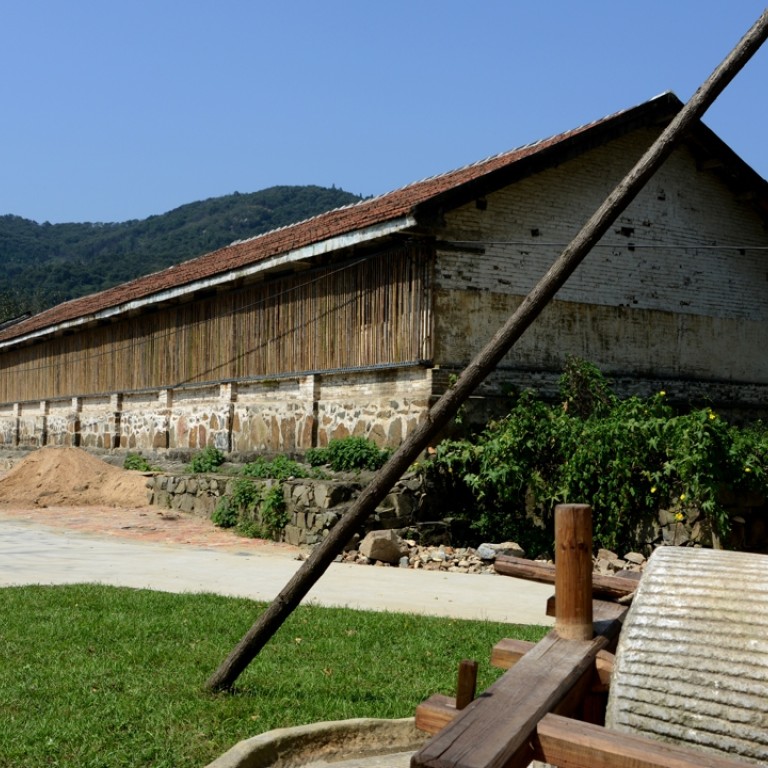
Beijing architect’s Henan village project gets back to the basics of caring for humanity
Conversion of 1950s buildings into a community facility and tourist attraction was a cooperative project
Architects don’t always think big buildings and bright city lights. For Beijing-based He Wei, the project he was keen to put his name to was a clutch of old warehouses in a remote rural village of just 150 people – the plan being to give new life to a community through good design.
When he first visited Xihe in Henan province as part of a government rural poverty alleviation programme in 2013, He looked beyond its population of mostly left-behind old people and children – who didn’t have Wi-fi or mobile phone coverage, let alone viable means of support – to the adaptive reuse potential of an abandoned granary complex. Within its five pitched-roof masonry buildings clustered around a courtyard – which were still structurally sound and had vast interior space – He saw a vehicle for his belief that contemporary Chinese architects should go back to basics and start from the core ideal of architecture – care for humanity.
In service of money and power, they have gradually forgotten that the real goal of architecture is to construct and coordinate the relationship between people and land
On a shoestring budget and using labour from nearby villages, He and his team led the conversion of the 1950s buildings into a community facility and tourist attraction as a cooperative project. The Xihe Cereals and Oils Museum and Village Activity Centre, completed in August 2014 and already generating income, received a top award last month at the Golden Pin Design Awards, Taiwan’s international design competition.

For authenticity, the architects took a minimalist approach. The only major structural change was installing larger windows in the activity centre’s north side, to open up countryside views. Interior brick floors, timber framing and plastered walls were left intact – as were painted Chinese characters dating from the Cultural Revolution. Bamboo screens – cheap, plentiful and locally made – were used extensively to define the spaces, and the concrete paving of the courtyard remains, despite what He says was an early government request “to upgrade it to brick”.
A smaller building was refurbished as a restaurant – now operational – while the remaining two buildings function as a kitchen and office. In order to support local industry, any new materials that were needed – such as steel and glass – were sourced from nearby Wuhan.
At first, the villagers were sceptical about the project. The buildings were “not beautiful”, they reasoned, so why would people come to see them? Eventually they were convinced and as a cooperative endeavour, all were asked to contribute: some giving money; some labour; some offering their unused houses for future guest accommodation, should demand eventuate. The government provided new infrastructure – including roads, services and phone and Wi-Fi coverage – so as to improve the villagers’ daily living standards as well.

The transformation of a once all-but-forgotten village might go against the grain of contemporary China, He says, where architects are employed by developers to design projects with the aim of generating profits. But it emphasises the whole point of architecture, he adds – to work in service of the user.
“In most cases, architects in urban construction are bound to the holders of capital,” He says. “In service of money and power, they have gradually forgotten that the real goal of architecture is to construct and coordinate the relationship between people and land.”
The Golden Pin Award judging panel agreed, remarking that the project “shows how meticulous design is able to at once preserve traditional handicrafts and historical architecture, while providing villagers with the ideal space to carry out community activities”.
“This fulfillment of a society-friendly and innovative design,” said jury member He Ren Ke, a professor at Hunan University’s school of design, “is a paragon for others seeking to preserve traditional village culture, as well as materialistically and spiritually improve village life.”

